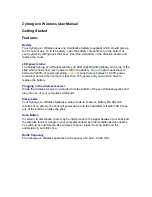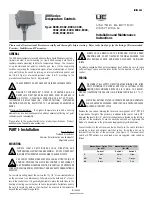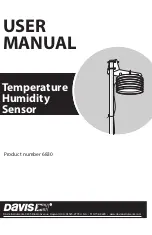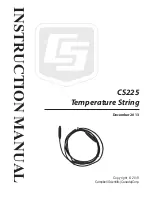
CapSense Technology
AN64846 - Getting Started with CapSense
®
Doc. No. 001-64846 Rev. *X
22
Figure 2-19. Signal and Noise
2.5.1 Measuring SNR
SNR should be measured in the noise environment where CapSense is intended to be used. In other words, measure
the system SNR under worst-case noise conditions.
The first step in measuring SNR is to monitor the raw count for each sensor. This can be done using data logging to a
text file and plotting in a spreadsheet, or using the Cypress Bridge Control Panel and Miniprog3 or by using the Tuner
tool, which directly displays the SNR, available with the CapSense component in PSoC Creator (see
for more details). Refer to
that teaches how to monitor raw count using
these tools. Whatever the method, the raw count should be observed for SNR measurement. The difference count
should not be used in the measurement of SNR since it is a function of the baseline update process, which involves
filtering (filling the "bucket") and nonlinear threshold events.
Another factor to consider is how the signal is produced. The worst-case ON and OFF scenario should be used when
measuring SNR. If the system is designed to sense the presence of a finger, then measure SNR with a light touch of
the sensor area, and position the contact point slightly off-center. For automated testing, a worst-case finger touch
(0.1 pF) can often be simulated by an equivalent metal disc that is the size and shape of a small coin.
As an example of measuring SNR, consider the raw count waveform in
X0 = 5925 counts
X1 = 6055 counts
S = 130 counts
N = 5940 - 5910 = 30 counts
SNR = 130:30 = 4.3:1
2.6 CapSense Widgets
CapSense widgets consist of one or more CapSense sensors, which as a unit represent a certain type of user interface.
CapSense widgets are broadly classified into four categories
– Buttons (Zero-Dimensional), Sliders (One-Dimensional),
Touchpads/Trackpads (Two-Dimensional), and Proximity sensors (Three-Dimensional).
slider, and proximity sensor widgets. This section explains the basic concepts of different CapSense widgets. For a
detailed explanation of sensor construction, see
















































